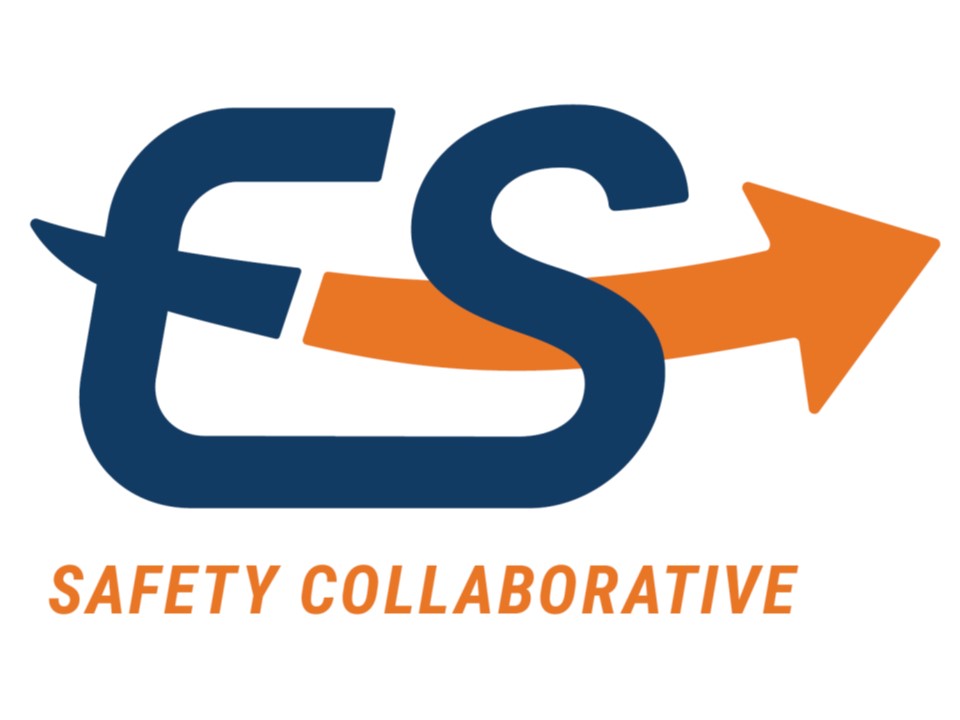Adoption includes what happens after codes and standards are developed in the voluntary sector and are published. Implementation involves the processes associated with the adoption of codes and standards. It also establishes any conditions associated with complying with those documents. See the Conformity Assessment section for more information on compliance.
Adoption can be by any entity including a person, corporation, insurance carrier or utility as well as by federal, state or local legislative bodies or governmental agencies, including Indian Tribes and territories of the U.S. The act of adoption through a law, rule, regulation, statute, contract specification, tariff or any other vehicle is intended to ensure that what is contained in the codes and standards developed in the voluntary sector, or any directly developed by the adopting entity, are required to be satisfied and that there is a basis for enforcement to ensure compliance. While federal, state and local government and other adopting entities have the authority to develop codes and standards, most adopt those developed in the voluntary sector at the national level with amendments, additions and deletions to address any specific needs of theirs that are not addressed in those documents. For instance, while the U.S. Department of Defense adopts the ICC International Building Code (IBC) as a component of its Unified Facility Criteria, they add provisions on blast safety to augment the IBC criteria. Reliance on the output from voluntary sector SDOs was not always the case as many adopting entities developed their own unique provisions. Even into the late 20th century, some states and major cities did not adopt nationally developed model codes to govern building design and construction but instead maintained their own unique criteria developed through state or local processes.
The federal government does not generally have the authority to mandate the adoption of C/S by state or local governments, although federal agencies can influence what is adopted through other means such as the availability of federal funding. Aside from buildings owned or leased by federal agencies and a few instances where the federal government has preemptive authority,[1] and as a result Congress or federal agencies adopt specific C/S, state and local regulations will apply to the built environment, which would include an ESS installation. For ESS on the grid side of the meter, equipment and buildings owned or operated by the utility are covered by what is adopted by the utility.
When adopted, the codes and standards are law, and legal authority is granted by legislative bodies or regulatory agencies for their implementation and enforcement (e.g., conformity assessment). When adopted by utilities, insurance or corporate entities through tariffs, policies, specifications, contracts or other legal documents, what is adopted may apply over and above what governmental entities have adopted or will be applied where no laws or regulations have been adopted or the government lacks the authority to adopt. The power to implement and enforce what is adopted rests with the entity that adopts the C/S and requires them to be satisfied. Documenting compliance with what is adopted rests with various private sector entities—manufacturers, builders, designers, product specifiers, contractors, building owners, utilities and others—involved in the design, construction, operation, use and demolition or decommissioning of what is regulated. The responsibility for determining and adjudging compliance rests with those representing the adopting authorities and is performed based on an assessment of the documentation provided, including inspections, against what has been adopted. With respect to ESS, the manufacturer of the system components would be responsible for documenting component compliance, the system manufacturer for documenting system compliance and a builder, engineer or record or contractor responsible for documenting the system installation is compliant. After an ESS installation is approved,[2] those engaged with its operation and maintenance would also be responsible for compliance with any applicable C/S, including those applicable to the repair, alteration, relocation or renovation of an existing ESS. Those verifying compliance (e.g., AHJs enforcing the adopted C/S) would include governmental agencies, utilities, insurance carriers and others who adopted the C/S and made them applicable to the ESS components, system, system installation and operation and maintenance of the system.
As demonstrating compliance is generally the burden of the building or technology installation owner or developer, those who will document compliance on their behalf include the architect, engineer, builder, contractor and others involved in design and construction. These entities rely on the manufacturer of the products, materials, systems or equipment to be used to provide the necessary documentation to verify that what they produce complies with the adopted C/S. All of these activities are included under the broader term conformity assessment. This includes testing, certification, quality assurance, calculations, simulation and other activities, all of which are intended to document the degree to which the applicable C/S are satisfied. In turn, the documentation is presented to the approving authority that will use it to validate compliance with the C/S in the design stage and then will engage in various inspections during the construction stage as well as through commissioning during operation and use and even decommissioning (e.g., retirement and recycling or disposal of the system or system components)
Energy Storage System Safety – Development and Adoption of Codes and Standards
[1] Examples are product labeling (FTC), appliance efficiency (DOE) and manufactured housing construction (HUD).
[2] Approval is considered verification of compliance by the relevant AHJs with what is adopted.
